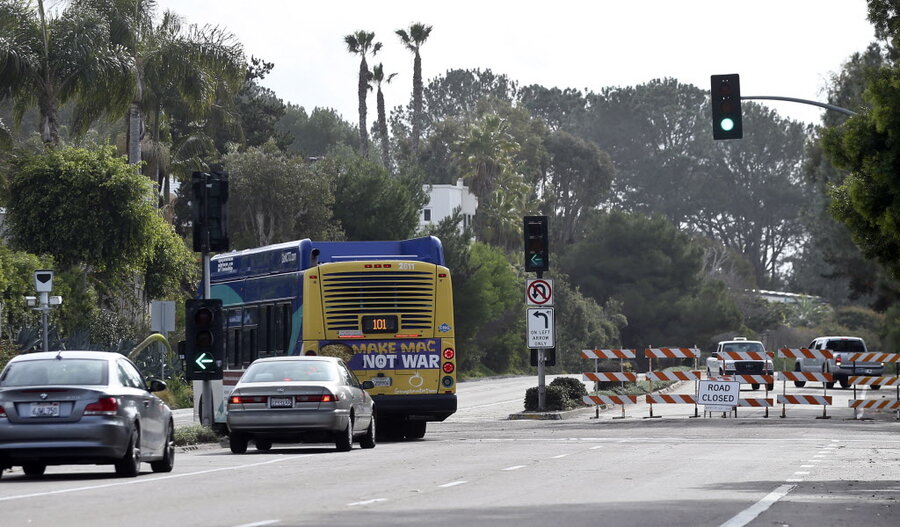Did car travel hit a new record in 2015?
Loading...
It's nearly official: 2015 was likely the busiest year ever for automotive travel in the U.S. According to the Department of Transportation's Federal Highway Administration, data from the end of November put America well within range of record territory.
During the first 11 months of 2015, U.S. motorists put some 2.88 trillion miles on their odometers. That figure includes travel by passenger vehicle, bus and truck.
And yes, that's "trillion" with a "t". To put the year-to-date figure in perspective, 2.88 trillion miles is the equivalent of 115 million trips around the earth, 15,483 round-trips to the sun or 320 trips to the edge of the solar system (a journey that's taken the Voyager spacecrafts nearly 30 years to make).
In November alone, vehicle miles traveled (VMT) hit 253 billion -- up from 243 billion recorded in November 2014. Increases in travel were seen across all five American regions, but the biggest uptick was recorded in the West, which includes Alaska and Hawaii. There, motorists traveled some 59 billion VMT. Even in the Northeast, where the smallest increase was recorded, VMT climbed to 35.2 million.
In terms of individual states, Hawaii had the largest travel jump in November, up 8.9 percent above October. Washington, D.C. saw the lowest rise, though it was still up 3.9 percent from the previous month.
The record for annual VMT was set in 2007 at 3.03 trillion. If December's figures match those recorded in 2014 -- 251 billion -- the record may jump by more than 100 billion VMT, to around 3.14 trillion.
Final data won't be available for another month, when December numbers are confirmed. But given how unseasonably warm December was, it's likely that travel met or exceeded usual figures.
This article first appeared at The Car Connection.







